Two weeks ago, air raid sirens and tweets of an incoming attack resounded throughout Pearl Harbor and the Hawaiian Islands. The last time such an alert was issued in earnest was 76 years ago when Japanese bombers struck battleship row and other U.S. military facilities early on the morning of Dec. 7, 1941.
This time, for nearly 40 minutes, the threat of North Korean missiles destroying Honolulu, possibly with nuclear warheads, was no longer remote.
Fortunately, no missiles had been launched. It turned out that human error caused the alert and the subsequent outright fear of many who understandably believed the end was in sight. The lesson from this erroneous incident however should not be wasted. The danger of some form of a nuclear accident or miscalculation is real. Indeed, while only two nuclear weapons were ever used in anger in August 1945, that more were not detonated in some form of accident or miscalculation was miraculous.
While the United States has always worried about nuclear proliferation and whether other states could be trusted to secure safely their nuclear weapons, its own record has not been good. Nuclear bombs were dropped inadvertently or lost in crashes. Three incidents are salutary.
In 1979, Strategic Air Command in Omaha, Neb., detected hundreds of incoming Soviet warheads. Attack was imminent or so the warning systems indicated. Fortunately, the SAC commander at the time, Air Force Gen. Richard Ellis, kept his head when awakened with the frightening call on the red phone. Ellis did not believe the report.
In fact, there was no attack. The off-going watch section had played a training tape to test the system. The tape was supposedly deleted. It was not and inadvertently caused the mistaken alarm. Reading former Defense Secretary William Perry and National Security Adviser Zbigniew Brzezinski on this potential catastrophe should be mandatory for all senior government officials on both ends of Pennsylvania Avenue.
In 1980, A Titan II intercontinental ballistic missile accidentally ignited, spewing a 5-megaton thermonuclear warhead several hundred feet into an Arkansas farmer’s field. One Air Force technician in the silo was killed. But the warhead did not partially detonate or release any radioactive material.
In 1983, a U.S. military training exercise called “Able Archer” was wrongly evaluated by the Soviet Union as a pre-emptive strike against it. Again, good luck intervened. But it was a close-run thing.
Today, the latest nuclear danger in Washington stems from North Korea. Many still worry about the security of Pakistani nuclear weapons. Fewer worry about Indian or Israeli weapons. Ironically, Pakistani nuclear weapons, though far fewer in number than America’s, have had a better safety record. And an unclassified report written for Sandia National Lab about a decade ago by former Pakistani ambassador to the United States and National Security Adviser Gen. Mahmud Durrani revealed that its weapons were stored under a “three-key system” arguably safer than the United States’ two-key process.
Meanwhile, the about to be released Nuclear Posture Review and National Defense Strategy are reportedly calling for a recapitalization and modernization of America’s nuclear forces. Given that the Intermediate Nuclear Forces Treaty signed three decades ago and New START are in jeopardy of being revoked, a new nuclear arms race is indeed a possibility, especially as China and Russia become the centerpieces for the new defense strategy. That would be a disaster.
The Hawaii alert provides a great opportunity for the Trump administration. First, it needs to review the unhappy history of nuclear weapons accidents and incidents publicly and share the findings with Congress and the people.
Second, and at the same time, Presidents Donald Trump and Vladimir Putin must meet on this issue of arms control and arms reductions soon.
Third, an agenda to reduce nuclear weapons and limit modernization, as well as to prevent incidents and accidents, must be set and then signed as executive agreement or treaty. This would re-invigorate past efforts to build confidence and exchange observers, as well as de-targeting all warheads. Indeed, meetings to include all nuclear weapons states should be established to prevent the spread or use.
Napoleon asked if a general was lucky before appointing him to high command. Make no mistake. The United States and the world have been lucky.
But as the Hawaiian alarm demonstrates, mistakes happen. And what happens if, next time, it is al-Qaida or the Islamic State that triggers a false alarm that in turn is not perceived as false?

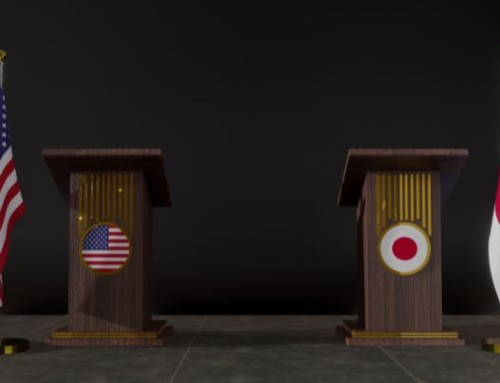
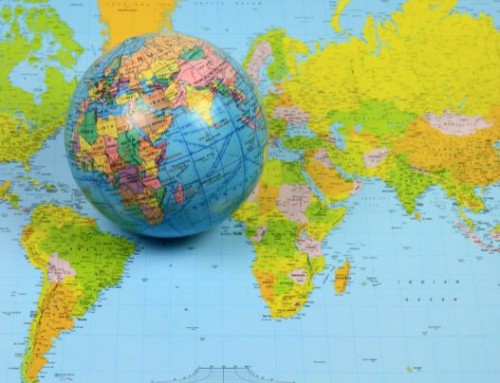
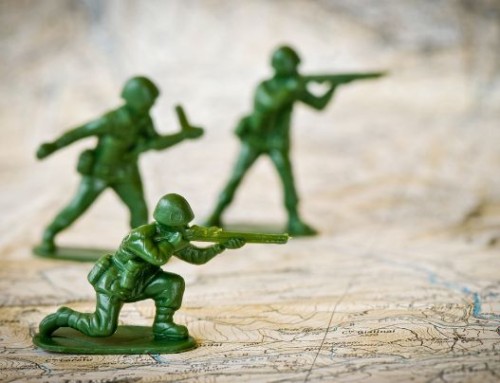
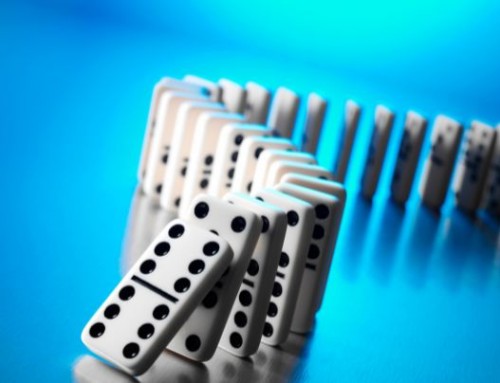
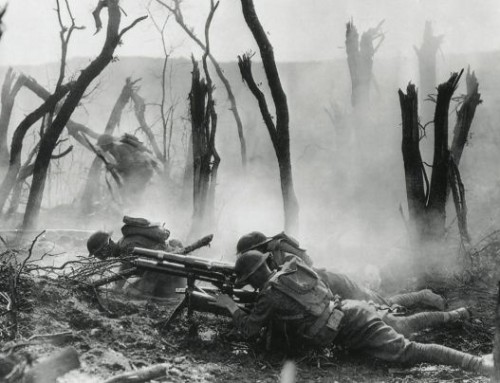
Leave A Comment